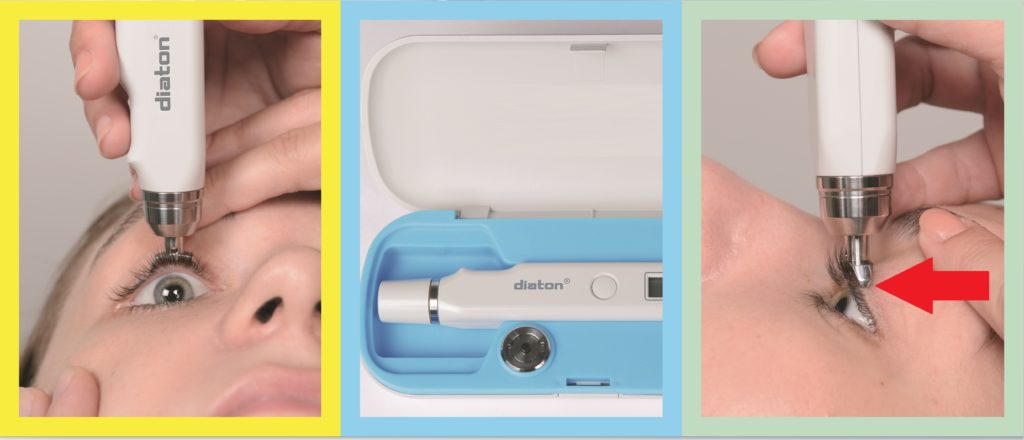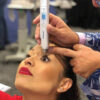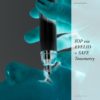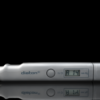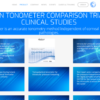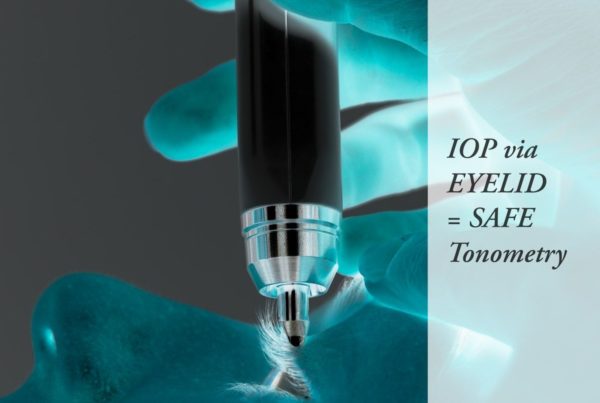Introduction
In the realm of ophthalmology, accurate measurement of intraocular pressure (IOP) is crucial for diagnosing and managing various eye conditions, most notably glaucoma. The Diaton® Tonometer has emerged as a pivotal tool in clinical studies, offering a unique and innovative approach to IOP measurement.
Innovating IOP Measurement
Traditional methods of measuring IOP, such as the Goldmann applanation tonometer (GAT), have been the standard in clinical settings. However, these methods have limitations, especially in cases where corneal pathology or surgery may affect the accuracy of IOP readings. This is where the Diaton® Tonometer, with its transpalpebral and scleral tonometry technique, offers a significant advantage.
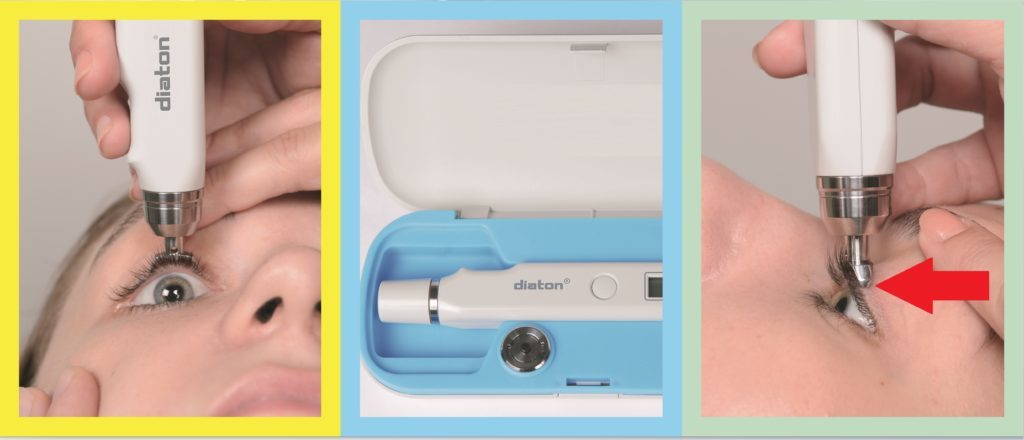
Advantages of Diaton Tonometer in Clinical Studies
- Non-Corneal Measurement: The Diaton® Tonometer measures IOP through the eyelid and sclera, bypassing the cornea. This approach is particularly beneficial for patients with corneal irregularities, post-surgical conditions, or those wearing contact lenses.
- Reduced Risk of Infection: Since it does not come into contact with the cornea or the mucous membrane, the risk of transmitting infections is significantly lower with the Diaton® Tonometer. This feature is particularly important in clinical studies where maintaining sterility is paramount.
- Patient Comfort and Compliance: The non-invasive nature of the Diaton® Tonometer enhances patient comfort, making it easier to conduct studies on diverse patient groups, including children and those with heightened sensitivity.
- Accuracy and Reliability: Studies have shown that the Diaton® Tonometer provides accurate and reliable IOP readings, comparable to traditional methods. This reliability is crucial for clinical studies where precision in data collection is vital.
Impact on Clinical Research
The use of the Diaton® Tonometer in clinical research extends beyond just measuring IOP accurately. It opens new avenues for studying various eye conditions where traditional tonometry methods were limited or ineffective. For instance, it allows for more inclusive research involving patients who have undergone corneal surgeries or those with corneal pathologies.
Case Studies and Clinical Trials
Several clinical trials and studies have employed the Diaton® Tonometer to gather data on IOP changes under different conditions. For example, a study examining the effect of eyelid spasms on IOP in hemifacial spasm patients used the Diaton® Tonometer to accurately assess IOP changes before and after botulinum toxin treatment.
Conclusion
The Diaton® Tonometer is a breakthrough in ophthalmic diagnostics, offering a safe, non-invasive, and accurate method for measuring IOP. Its role in clinical studies is invaluable, providing reliable data while ensuring patient safety and comfort. As research in ophthalmology continues to advance, the Diaton® Tonometer is set to become an increasingly important tool in the arsenal of clinical researchers and practitioners alike.
This article highlights the significance of the Diaton® Tonometer in clinical research, emphasizing its advantages over traditional tonometry methods and its impact on the advancement of ophthalmic studies.

